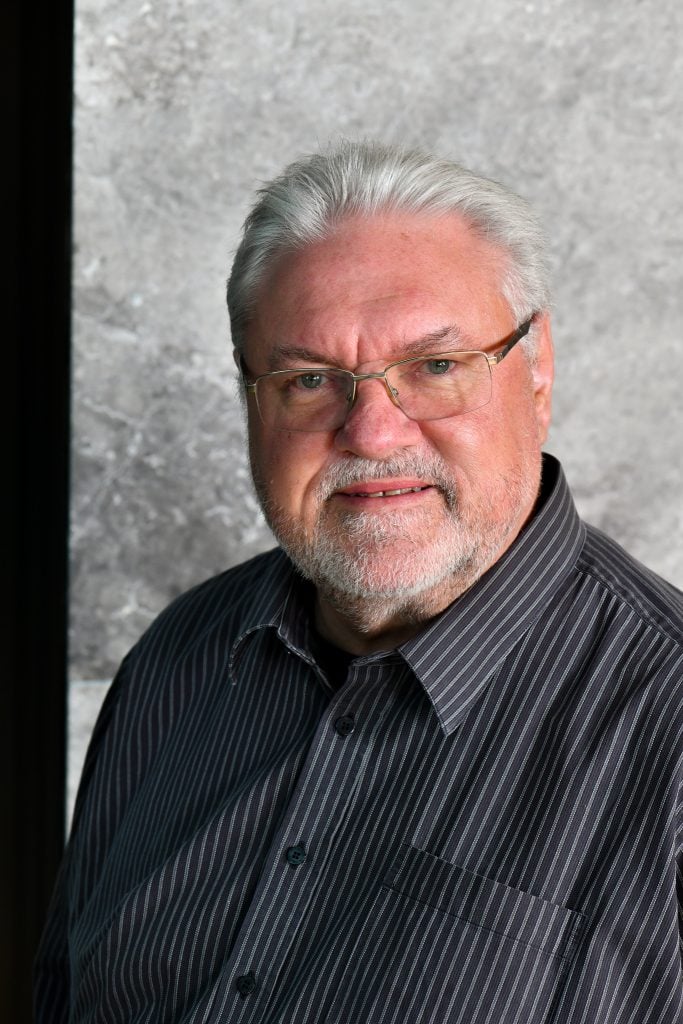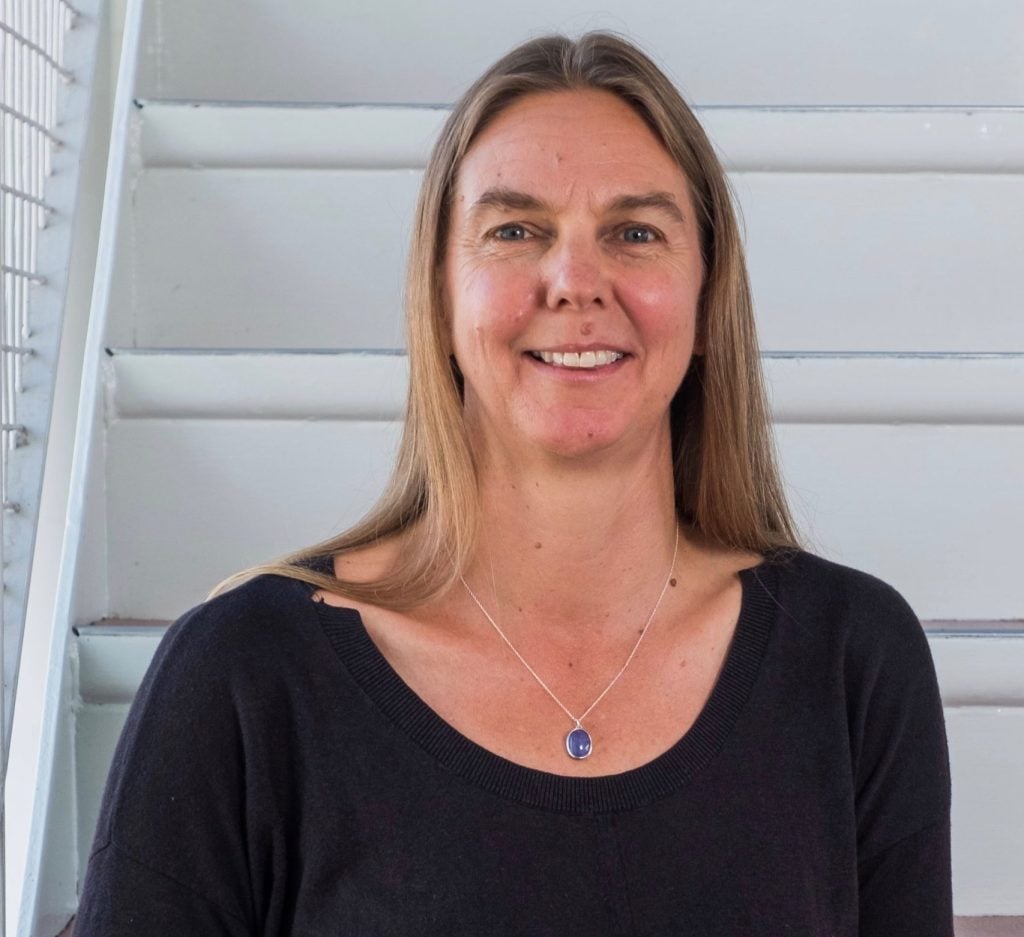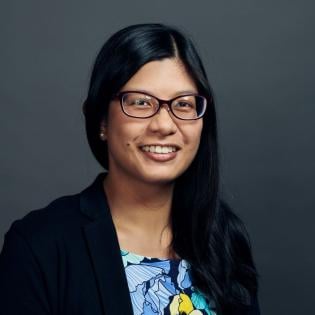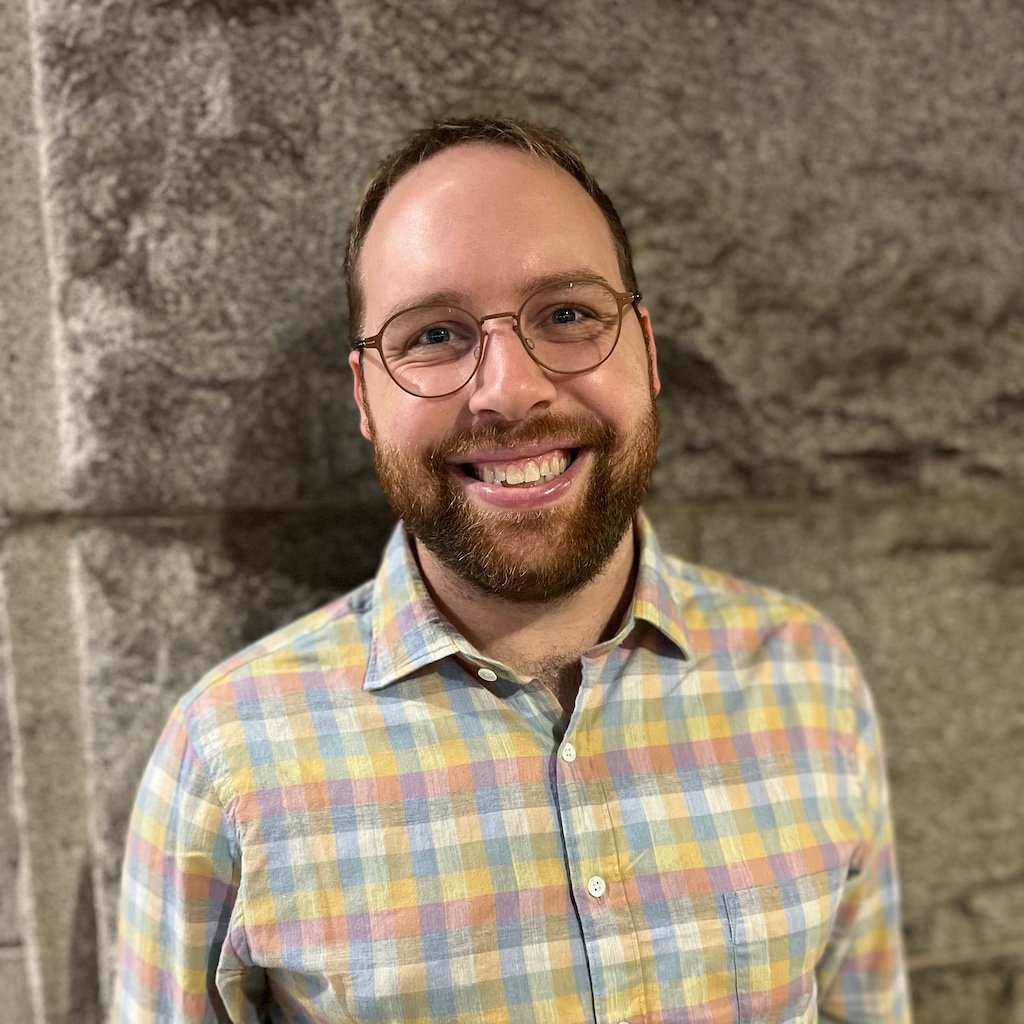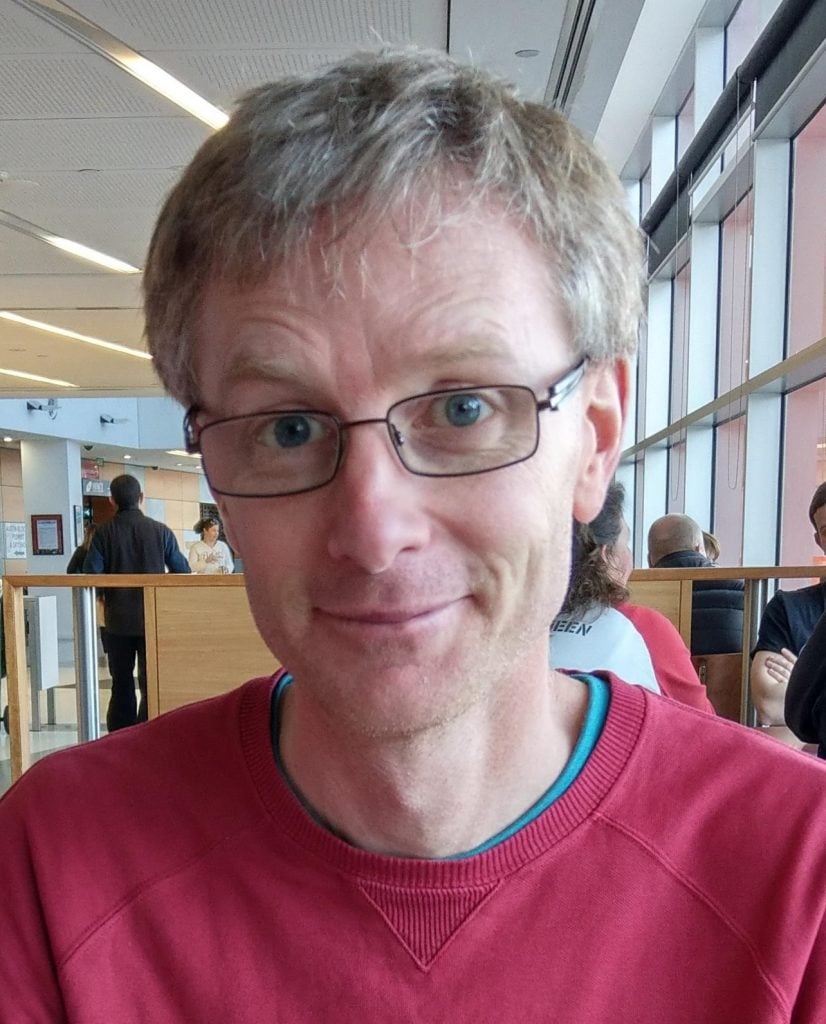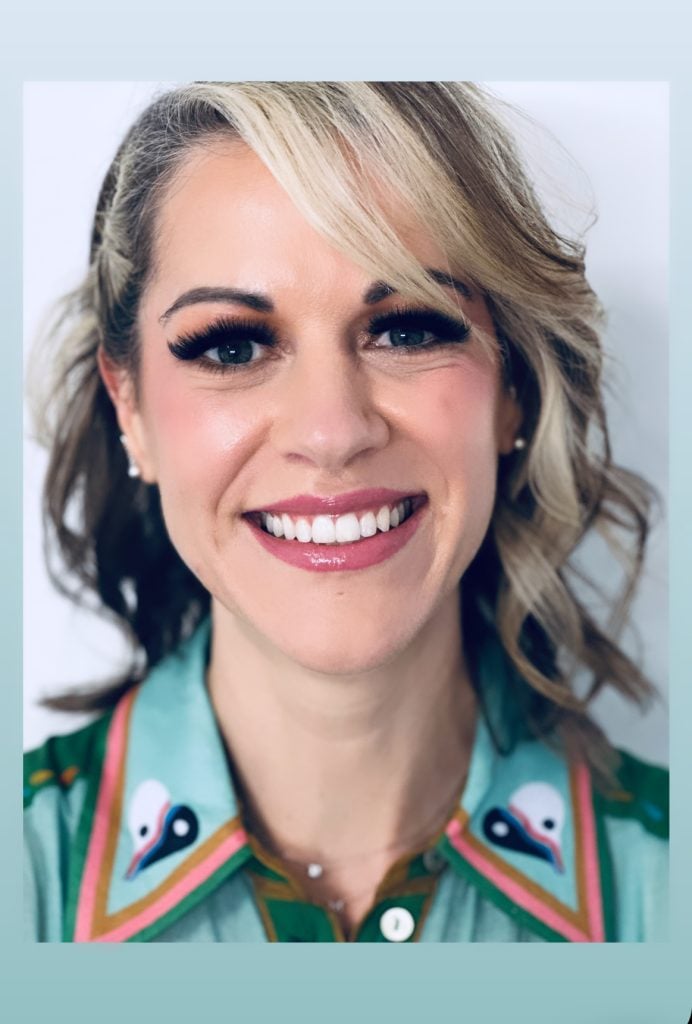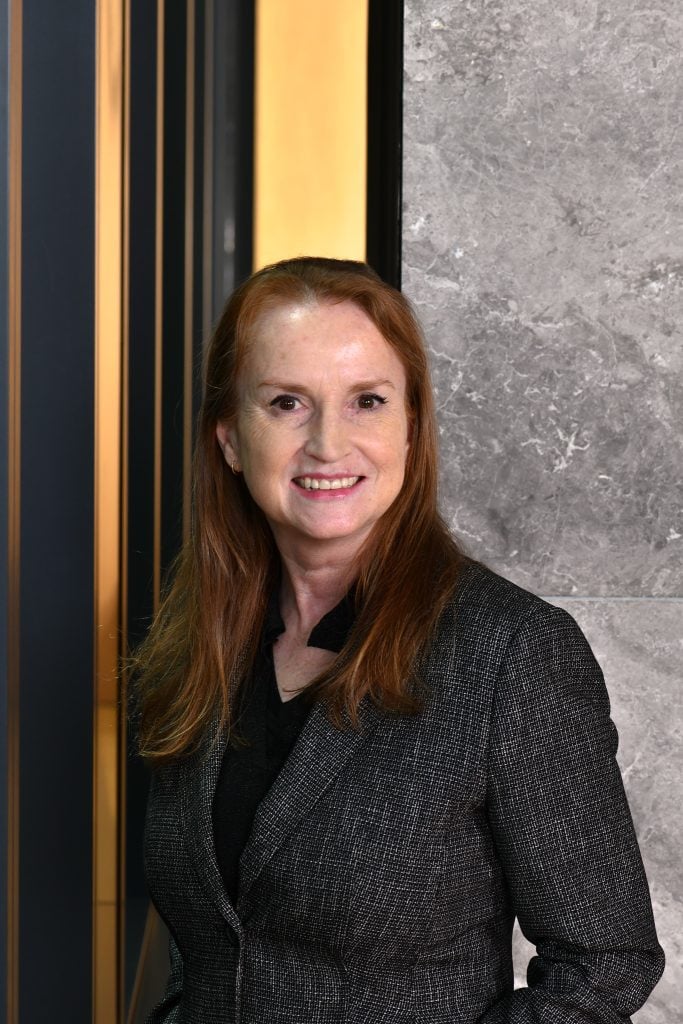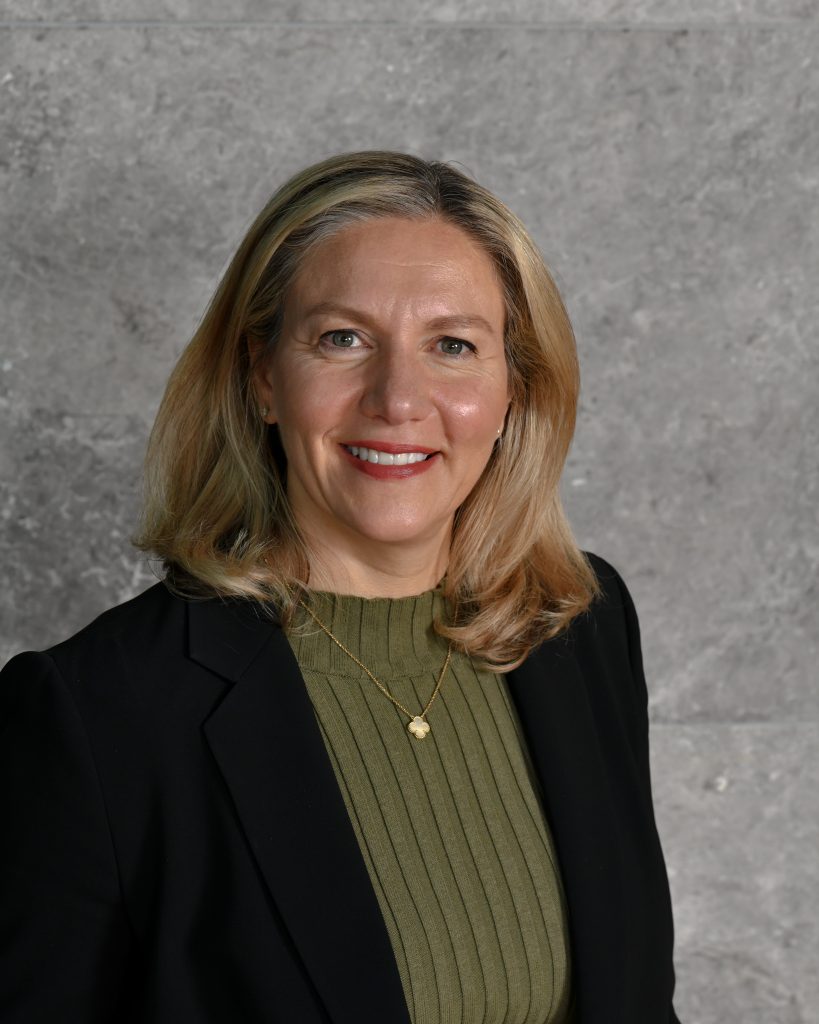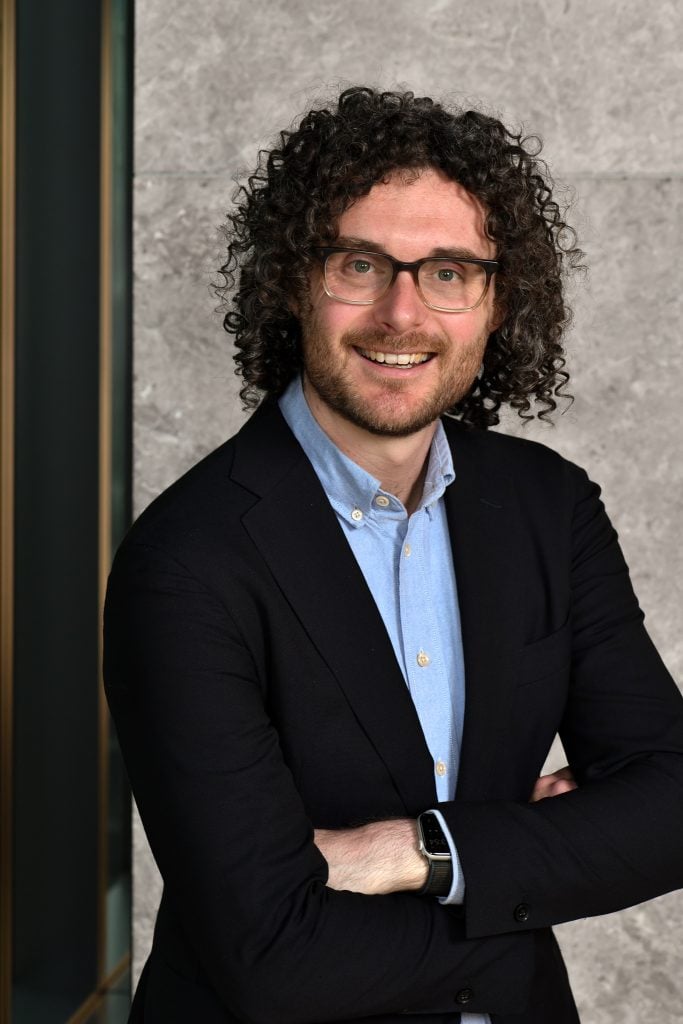Educational disadvantage and technology: my PhD work in progress
11 April 2017
Sarah Lambert is a PhD researcher at CRADLE. She is looking into partnerships and social supports that allow non-privileged learners to benefit from free educational programs and resources like MOOCs. She reports on progress, theoretical deliberations and a recent trip to South Africa to develop her work. Follow her progress via Twitter @SarahLambertOz.
Educational disadvantage is a huge problem in Australia, even more so than similar OECD countries like Canada. Compared to their more well off peers, whole communities or groups of disadvantaged learners have very different opportunities, experiences, and outcomes of their education.
Looking at the recent TIMMS results (maths and science foundation skills achievement) the difference between advantaged and disadvantaged students is equivalent to around three years of schooling. As this recent piece explained, in the school system it is because Australia has one of the highest levels of school social segregation of all OECD countries.
In the Higher Education system, the challenges of equitable access, progress and outcome are similar however we are making some progress on educational disadvantage after many years of government strategy and funding to do so.
My background is in educational technology and open education, so naturally I’m interested to see what digital technologies might be able to add to the picture. Certainly open education has made claims for democratising education. But on its own, technology does not look to be changing much. My PhD study looks at what kinds of partnerships and supports we need to put in place to make free technology and resources a force for equality in our educational systems. Because at the moment, free stuff (eg MOOCs) tend to get taken up by the already educated. And that means we are missing some great opportunities to direct the benefits of these free courses to the people who really need them.
Since passing my Confirmation Colloquia last November, I’ve been busy with my Phase 1 study, a systematic review of the literature around open technologies for student equity. In February I attended Deakin’s HDR Summer School and was really inspired – not only by the colleagues I met (including a great gung-ho group of STEM educators, you rock!) but also by the liberation I felt after attending the “Falling in love with your theorist” session.
We talked about our various theoretical crushes, but also discussed that this often changes over time, and it’s OK to ditch one in favour of another, regardless of what you said in your study proposal methodology section.
I might be in the process of moving from one theorist to another, and along with networking and looking for case studies for my PhD Phase 2 – conceptual frameworks and methodology was part of my focus during a recent 2 week trip to South Africa. The purpose of the trip was to attend PhD workshops run by the Global OER Graduate Network (#GO_GN managed by the Open University UK – video is here) and the Open Education global (#OEGlobal) conference. The desire to shift theorists is not just a matter of epistemology and feeling true to yourself, but also of the practicalities of fit-for-purpose in terms of tools for analysing the data that’s coming in.
My data extraction tool and underlying theoretical propositions for my Phase 1 review are pretty complex. I’ve already edited the data extraction tool in light of a sample of the papers, but am considering another revision/simplification. Will something like Margaret Archer’s Social Realism (agency, structures, cultures, as here applied by Cox and Trotter) do the trick to shape the tool or can I leave it as is, and just use this theory to analyse the data? Does it abstract the concepts at an acceptable level of granularity to be both workable and useful? These are the questions I’m grappling with at the moment.
I’m also working to organise and synthesise all the new ideas I’ve had across maybe a hundred stimulating interactions at HDR Summer School and in South Africa. How do I bring together the ideas and actions and meetings via tweets, papers, emails, notes on handouts and flyers, sticky-notes, and backs of business cards? What about the 50 tabs open on my laptop browser with links to various presentations, and newly discovered resources to read?
As I wrote in this recent blog for my #GO_GN peers I really would like some kind of ideas synthesis technology to help me see all the little scraps of paper and ideas side by side. I want to be able to see and move them around, open/enlarge them and read them, and make new notes. A Stark Industries style hologram multiple file display unit (thus far fictional – see the Iron Man movies with Robert Downey Jnr) would be great. But until that kind of technology is available to humble PhD researchers, I’m afraid it’s the more traditional paper-based concept mapping, sticky noting and colour coding. This week I got it all out of my notebooks and folders and bags, off my desk, and onto the wall. At least now I have an inspiring work-space to keep me motivated as I work my way through the new papers.


